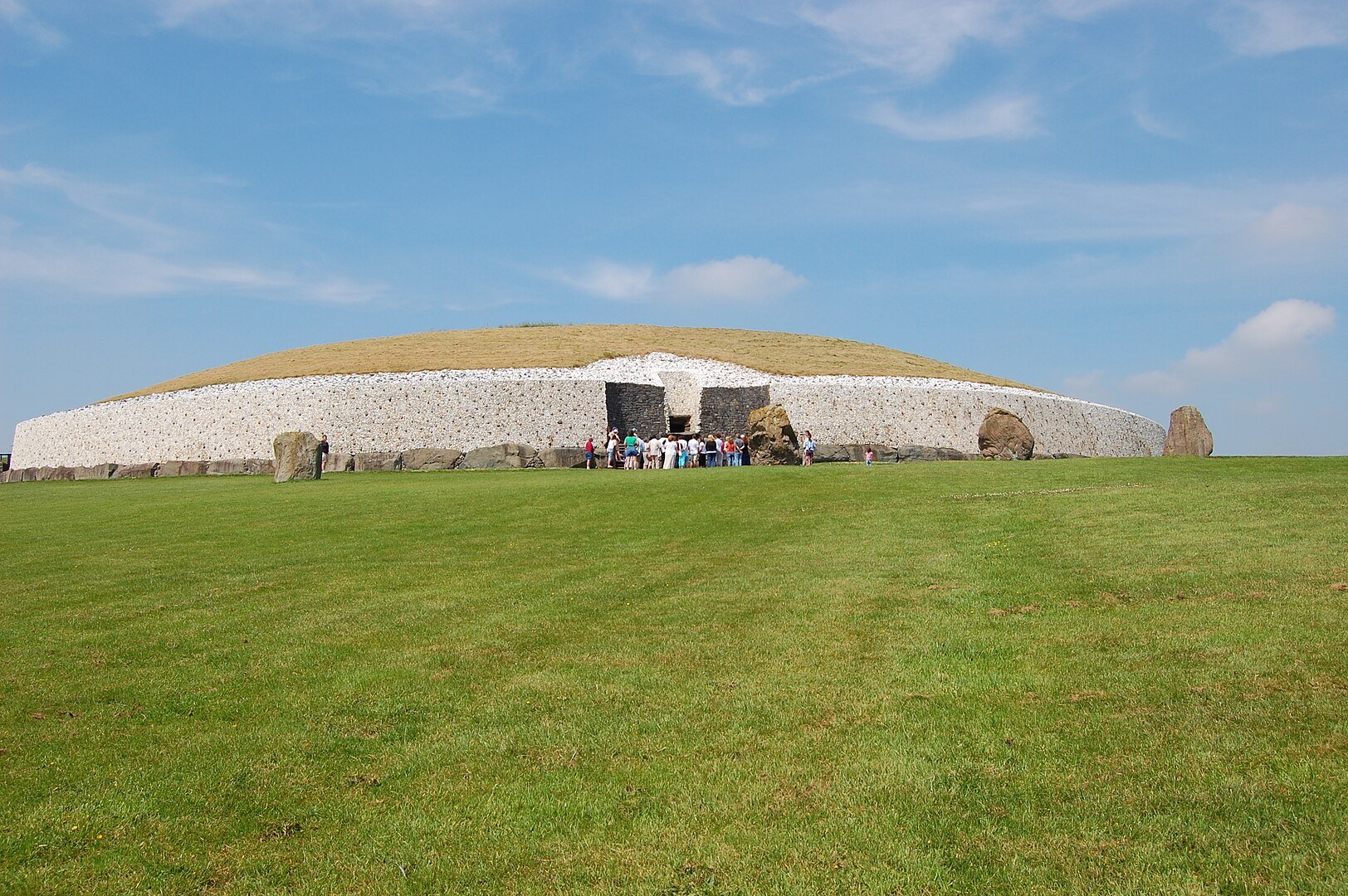

A new DNA study is challenging the long-standing myth that Ireland’s ancient passage tombs were reserved for elite burials. At Brú na Bóinne, a World Heritage site known for its vast stone monuments dating back to the 4th millennium BC, researchers have uncovered evidence that tells a far more complex story of life, death, and community in Neolithic Ireland.
The tombs, known for their long passageways and circular earthen mounds, were once thought to hold powerful individuals. Early studies on human remains supported this idea, suggesting the presence of family-based dynasties.
However, recent findings show that while close biological relationships existed in smaller, older tombs, such connections are mostly absent from the larger passage tombs like those at Newgrange.
A team of scientists studied the DNA of individuals buried in these monuments and found that, although many were distantly related, they were not members of tight-knit family groups. Instead, they formed a broader genetic cluster—people more related to each other than to the general population of Ireland at the time, but not closely enough to suggest elite family burials.
Crucially, all of these individuals lived after 3600 B.C., during a period of significant cultural change. Homes were becoming more modest and temporary, farming practices were shifting toward animal husbandry, and forest coverage was increasing.
During this time, the construction of large, architecturally complex tombs, like those at Newgrange, began to rise. These tombs, often built on elevated ground, were far removed from everyday settlements, symbolizing something beyond simple burial.

Researchers say these monuments were the products of generations of effort, built and rebuilt over centuries during seasonal gatherings. Communities from across the island came together at these shared sites—not only to bury their dead, but also to reconnect, feast, and form social bonds.
Artifacts, human remains, and building materials found at the tombs suggest that people and resources traveled great distances to be part of these events.
Such gatherings likely contributed to the creation of a shared identity. People engaged in communal labor, ceremonies, and rituals that connected them to others across Ireland. Over time, these interactions formed extended kin networks.
Genetic patterns indicate that individuals within these communities often had children with others who used the same tombs, rather than with those from different burial traditions. Still, researchers found no evidence that these patterns were enforced or linked to social rank.
The genetic signature within passage tombs, while distinct, reflects social cohesion rather than hierarchy. The findings challenge the long-held idea that Neolithic society was organized around elite lineages and exclusive family tombs.
Despite these breakthroughs, scientists say more work is needed. Further DNA samples and archaeological evidence could offer deeper insight into how Neolithic communities adapted to changing environments and reshaped their social worlds.
What is clear so far is that early Irish society was far more dynamic and interconnected than once believed. The towering tombs of Brú na Bóinne stand not only as feats of ancient engineering but also as symbols of a deeply communal way of life that stretched across landscapes, generations, and shared histories.
